Update 17/01/2023: this article is receiving renewed attention due to the latest Instagram trend where people share (often unknown) locations in reels, to be seen by millions. This blog explains why those participating in this trend are part of a larger ongoing issue with location sharing. I encourage anyone who has a similar sentiment to spread the word to raise awareness.
Note: this is entirely my own opinion. If you disagree and want to share that respectfully, I invite you to engage in a discussion in the comments below this blog post. Respectful discussions are a great way to better understand each other’s points of view.
“Where is this?”
“Can you tell me where you took this photograph?”
“Wow, that looks really cool! How can I get there?”
These are just some of the countless messages I get on my social media channels on a daily basis. Most people respect my answer when I decline to share the location a photograph was taken. However, some think I’m selfish for not sharing or even state I must feel better than them. Lately, I’ve gotten a lot more of these messages. And I admit, I used to geotag my photographs – even when publishing them to social media. However, over the years I’ve learned why I should stop doing that. Because the underlying thought isn’t always clear to everyone, I thought it would be a good idea to address that and why I think you shouldn’t share some photography locations either.
What’s Not Driving My Thoughts
First and foremost, not sharing certain photo locations has nothing to do with me not wanting people to go there or being selfish. Nor does it have anything to do with people possibly making better photographs than I did. If anything, the best part of photography to me is seeing how various people look at the same scenery but photograph it entirely differently. You can put 20 people in front of a mountain and it’s very likely you’ll see 20 different perspectives or angles. I find that incredibly interesting.
But then, if not self-doubt or selfishness, what drives my unwillingness to share some photography locations?
Reason Number One: Time Investment in Exploration
Many of you might not realise how time consuming exploration and composition scouting is only by looking at the beautiful work many photographers put out there. However, many of us, myself included, spend countless hours, days, weeks and even months trying to find certain locations to take new photographs. Be it driving around exploring or slowly digging through the most detailed satellite imagery to find interesting places, it’s a massive amount of work. As you can imagine, I don’t want to give away the fruits of that labor for free on the internet.
To me, exploration is a huge part of being a landscape photographer. And let’s be real: those who really want to know where a place is will find out regardless of me telling them in public on social media. You can look at it as a way to filter out the undedicated people. If you have to do the work to find and get to a specific spot, chances are you will appreciate it more. Additionally, you will likely show more respect to preserving it as you found it.
Reason Number Two: Not Every Place Can Handle Mass Tourism
Possibly one of the biggest reasons for me personally, is that many of the locations I visit with photography in mind are unprotected. It’s important to consider that sharing a hidden gem publicly might incidentally make it a victim of mass tourism. While I want to show the sometimes indescribable beauty Iceland has to offer, I also deeply wish to prevent certain locations from being swarmed by hundreds or thousands of people every single day. The reality is that Iceland’s often fragile and pristine nature can’t handle that. Be it for the harsh and cold climate making the environment very slow to recover or because necessary infrastructure is not in place. This is something which has been proven time and time again in the past years.
Places such as “the hidden canyon” (let’s be real: any place that’s called “hidden” on the internet is not) were marked onto Google Maps and are now overrun by hundreds of people every single day. With such mass tourism comes many problems.
To name a few examples that immediately come to mind:
- Vegetation is irreparably damaged due to the massive amounts of foot traffic. In Iceland, the growing season is really short which means vegetation often does not have a chance to restore itself.
- Undeniably, with many visitors also comes litter (often unintentional).
- In some cases, wild camping is a problem when people leave faeces and other nastiness behind.
Reason Number Three: Some People Have Little to No Respect
My final reason, which goes hand in hand with the second reason, is that over the years I’ve seen the disregard some people have towards the very nature they are photographing and filming. It’s such a paradox when people want to show off the beauty of this planet but damage it as a result. There is a certain group of people whose primary goal is to collect photographs, likes and shares at any cost. Some places I used to enjoy years ago have been damaged irreparably because of, what I like to call, “the Instagram effect”.
Let me illustrate that with an example:
About two years ago, I was travelling with a friend through the highlands and we ended up in one of my favourite geothermal areas. It’s really important to stay on the hiking trails in this area. Any footprints or marks you leave will stay there for years to come due to the soil being made up of clay. Additionally, the area around the geothermal hot springs is brittle, with boiling hot water running out of them. While hiking, we noticed a drone flying really low & fast. It was very obvious the person piloting it would crash it within minutes, which is exactly what happened.
I went to talk to the group of youngsters and the pilot asked me if he could recover his drone which he had crashed into a hot spring across the valley. I told him about the damage he would do to the area and mentioned the risk of self-injury with emergency services being hours away. It was clear he was not going to heed my advice, so I stuck around for 20 minutes, then left. Soon afterwards, I noticed him crawling up the other side of the valley. He crawled up on the slope, figured out he could not safely get the drone and then slid back down the hill. His friend told us later that he really wanted to recover the “awesome footage” he had made.
During my latest visit to this area, just a week ago, you could still see the footprints and skid marks he left behind very clearly. It really saddens me how some people can be so inconsiderate of the environment that they are keen on photographing or filming.
With Great Reach Comes Great Responsibility
This topic may sound obvious but the reality is it isn’t. Having a (nature photography) social media presence with a considerable reach requires a sense of responsibility. Understandably, the quest to go above and beyond to show new locations drives many photographers. However, it’s also important to keep the protection of these locations at the core of it all. The bigger your reach grows, the more important this becomes.
On occasion, I have seen photographers dismiss nature conservation to better themselves by, for example, ignoring ropes & fences to get closer to a subject. I have even seen them walk into brittle and fragile environments for client shoots ruining the experience for others coming after them. In extreme cases, they even go off-roading (which is illegal in Iceland). Not realising they are leaving marks which will be there for decades to come. Some even spread such videos and photographs to massive audiences through their social media presence, newspapers and magazines. This in turn legitimates others to replicate these behaviours as they’re perceived as acceptable.
The more reach you build up, the more you should be aware of what influence you are wielding together with it. It’s vital to show a good example and not further stimulate the destruction of nature for likes and shares.
So How Can You Share (Some) Locations Responsibly?
Full disclosure: I should note that I publicise some locations in two ways. I share a number of photo locations in a special e-book I created. Additionally, I share locations by taking people there on photography workshops. So why do I share those locations?
It’s naive to think you can completely hide locations from others indefinitely and there is no real end-all solution to solving the problems I mentioned before. However, by sharing locations as I do it, I create a big upside. Both methods of sharing locations allow to communicate the environmental concerns I have while extensively disclosing my thoughts on the matter, which is really important to me.
The short attention span that comes with certain social media platforms prevents us from educating people about the lesser-known environmental concerns. The aforementioned method gives me a unique platform to grab people’s attention for an extended time and share with them how to responsibly act to preserve nature.
In my e-book, I carefully selected locations which have a minimal risk in terms of sustainability (well-developed infrastructures, primarily aerial photography spots, etc.). On top of that, each one comes with a disclaimer on how to behave responsibly on location, pointing out the potential dangers and risks.
Food for Thought
Now it’s up to you! My goal, by writing this up, is to make you stop and think. Think about the impact of you sharing a location might have. Think about ways you can share it responsibly. Think about how to preserve that which you admire so there is still something to admire in the future.
Support Jeroen’s Work
As an independent photographer, Jeroen partially relies on your support to keep producing worthwhile content such as blogs, photographs, books and much more. If you want to support his work, it is possible to do so by buying his e-books & books, prints or calendars.
You can also sign up to the newsletter to stay up to date on new blog posts, projects, workshops and other interesting information.
Thank you for considering!

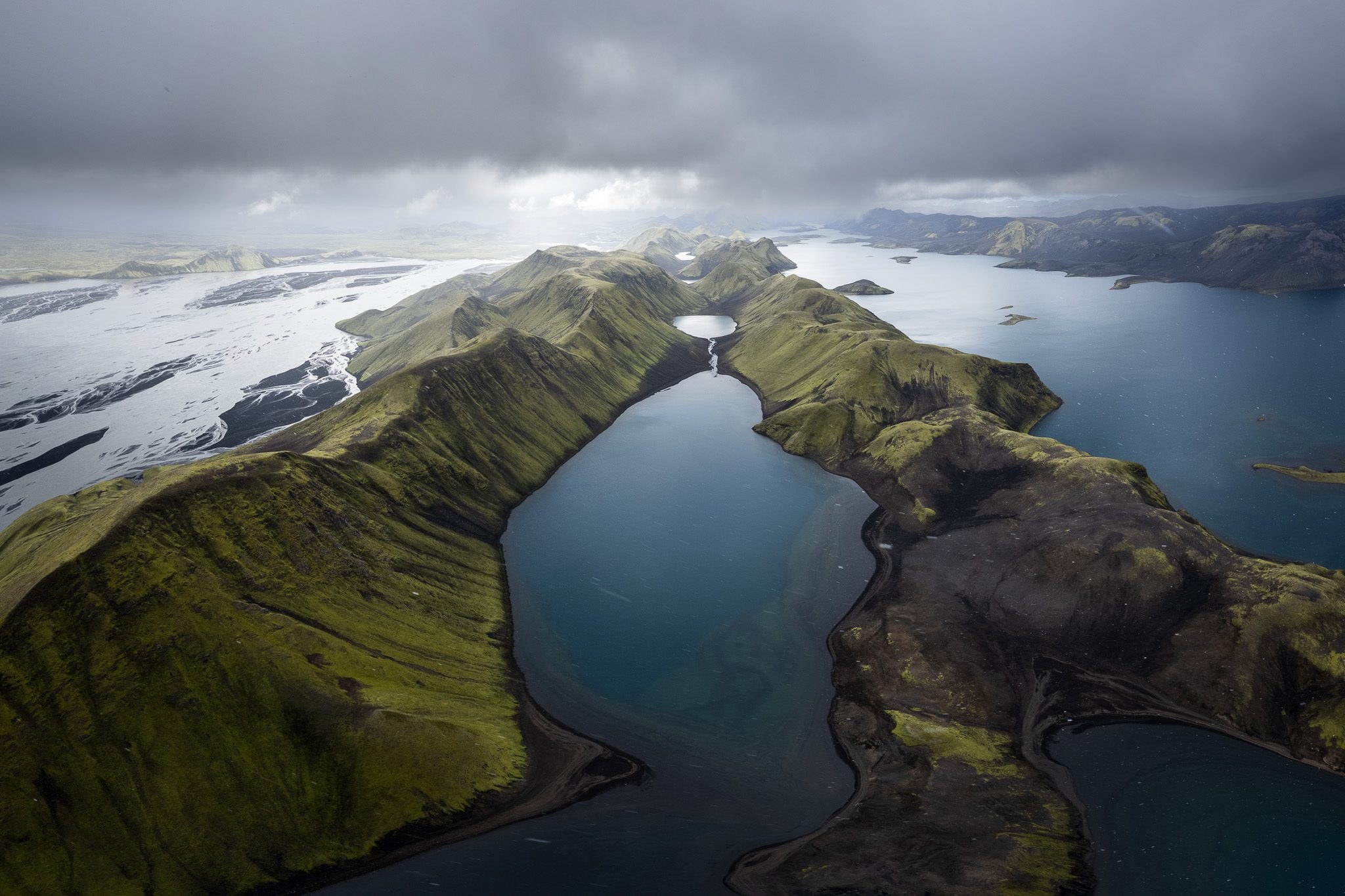

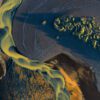


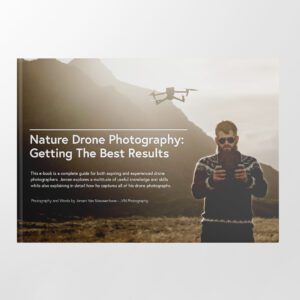
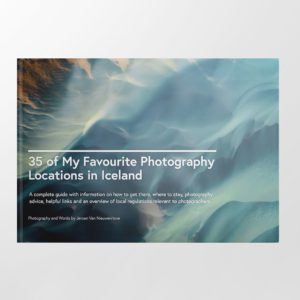
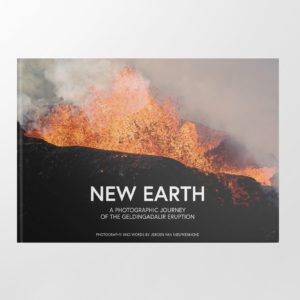

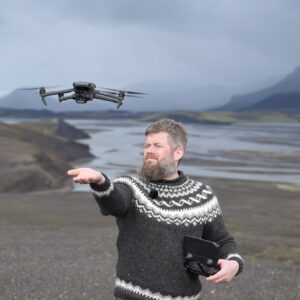
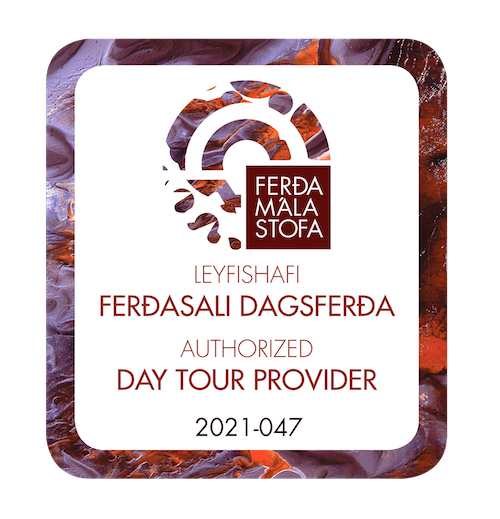
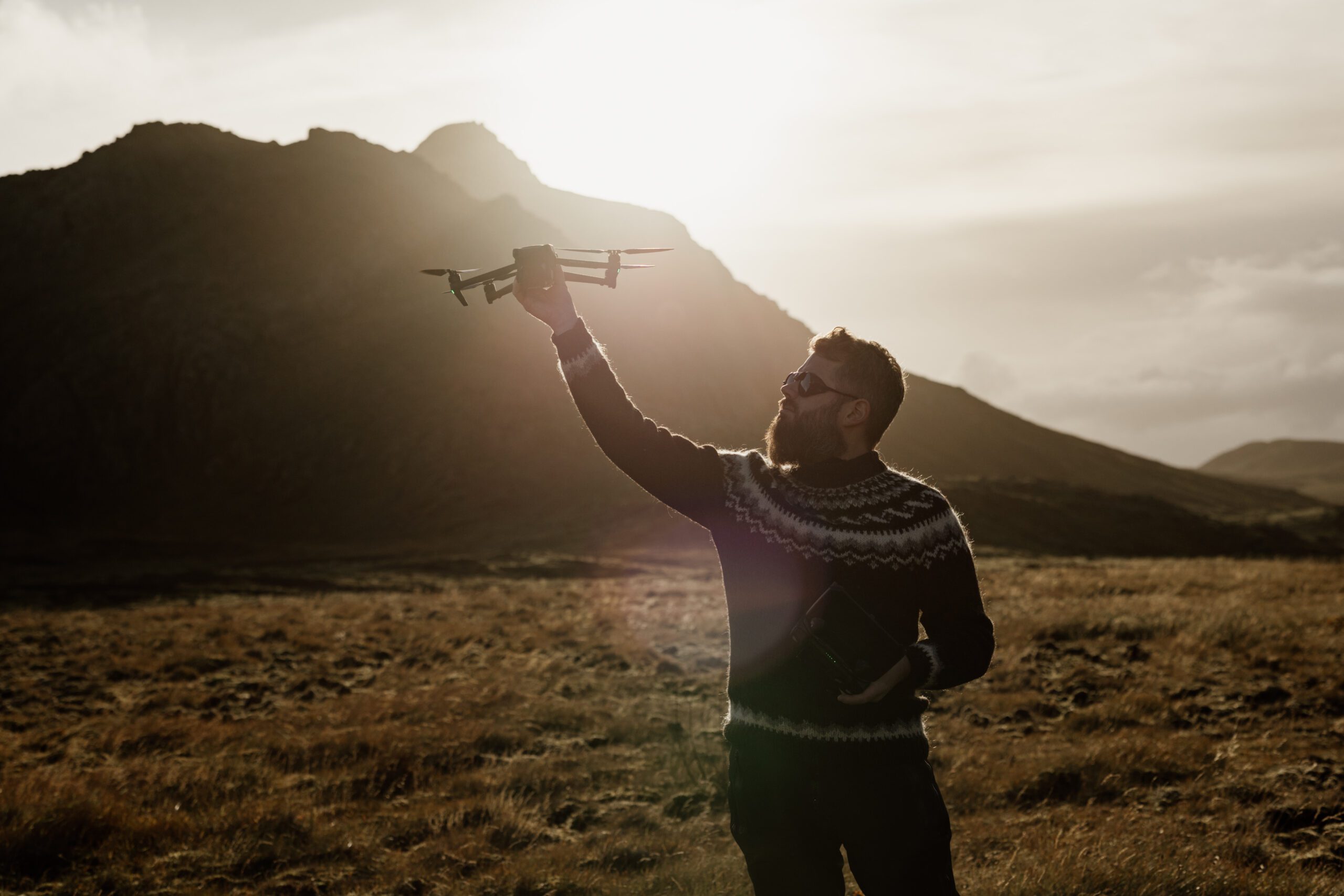
The impact in nature in iceland is way heavier, thats true. We only see it in the high alpine regions where the mountains are free of snow for about three to four months. The alps have a hard time to recover so i only can imagine how hard Iceland recovers where the whole country has these weather conditions.
Really really good words you found for this topic that polarzies many people in each other way. I used to do it with the location markings on instagram but i stopped about three years ago because of the reasons you described in the article. All i do now is mark a region or just the country and only give locations to people i personally know that they behave how all people should.
Here in the alps this location posting trend caused unexperienced (in mountaineering) photographers to go blindly into dangerous situation and even caused many injuries and sadly claimed lives.
But even without this fact it made some “secret” locations explode in numbers and nature can’t handle many more. I’ll share this article later on.
Hi Wolfgang, I’m glad to read you enjoyed my opinion piece. It’s definitely a polarising subject. I can only fathom what kind of dangerous situations this has put inexperienced people in. We have seen similar situation here as well unfortunately but the damage it is doing to nature is a much greater issue here. I genuinely try to raise awareness about these problems when I can but unfortunately, the “scroll and forget” nature of social media doesn’t really allow that to sink in with people. It’s a difficult issue with no black and white answer.
Hi Jeroen,
a really well written text! I agree with every word you have written. Right now I am visiting Iceland for the first time, and of course we go to many of the most popular locations. At some of these places you can clearly see the results of the circumstances you have described. Some of the visitors show no respect – neither to nature nor to other people around. And some of them even bring themselves into great danger, for example by going too close to a cliff and wearing the wrong clothes and shoes on slippery ground.
Personally, I found out on this trip that I don’t like those “tourist magnet” places very much although nature there might be stunning. I liked the less crowded places more by far. So besides the bad effects on nature mass tourism brings, those overcrowded places also stress me instead of calm me down and let me enjoy nature.
I’ve also noticed that 99 percent of the serious photographers there use to respect nature, be quiet and also respect other people around. In many cases it’s the “Instagram tourists” who disrespect their surroundings, are loud and bring themselves into danger. So I fully understand why you don’t share all the locations, especially on social media – even if I am a tourist myself and would of course like to know all the special and hidden locations.
I bought your E-Book (which I highly recommend to everybody who wants to photograph in Iceland), which helped me a lot and also sensitized me for the fragile nature of Iceland and how to protect it.
I appreciate your work a lot!
Hi Christian, it seems your reply got stuck in my spamfilter but I found it now! Thank you for your kind words. I tend to agree that most serious photographers have the utmost respect for the environment they are working in. I too have seen several people, which you call “Instagram tourists”, who disrespect the environment for likes and shares. It’s a sad evolution and for this reason raising awareness is important. However, it’s equally important to protect these places from further harm while raising awareness.
You shared your concerns but also positive views in a balanced manner. In doing so, you create awareness in a very positive way with focus on nature and what is to be treasured instead of what is being destroyed by mass tourism. Truly well written and your passion for this topic couldn’t be more clear and applauded. Well done!
Thank you Dirk! I really appreciate you commenting and I’m glad it resonated with you.